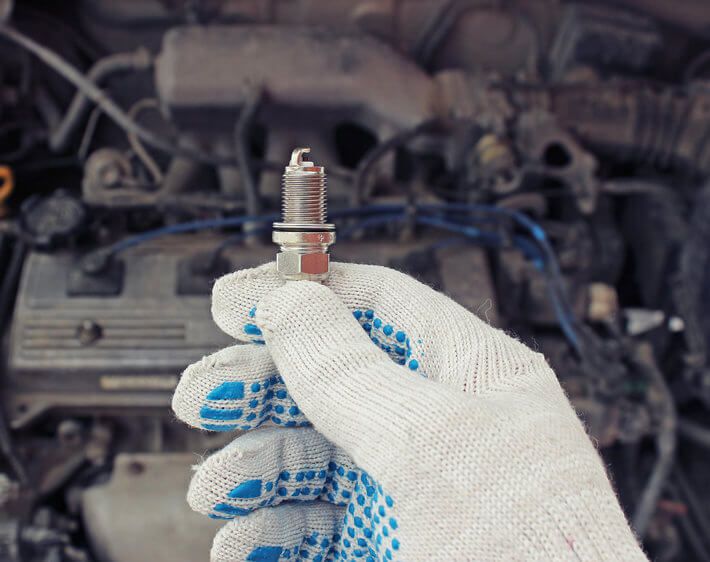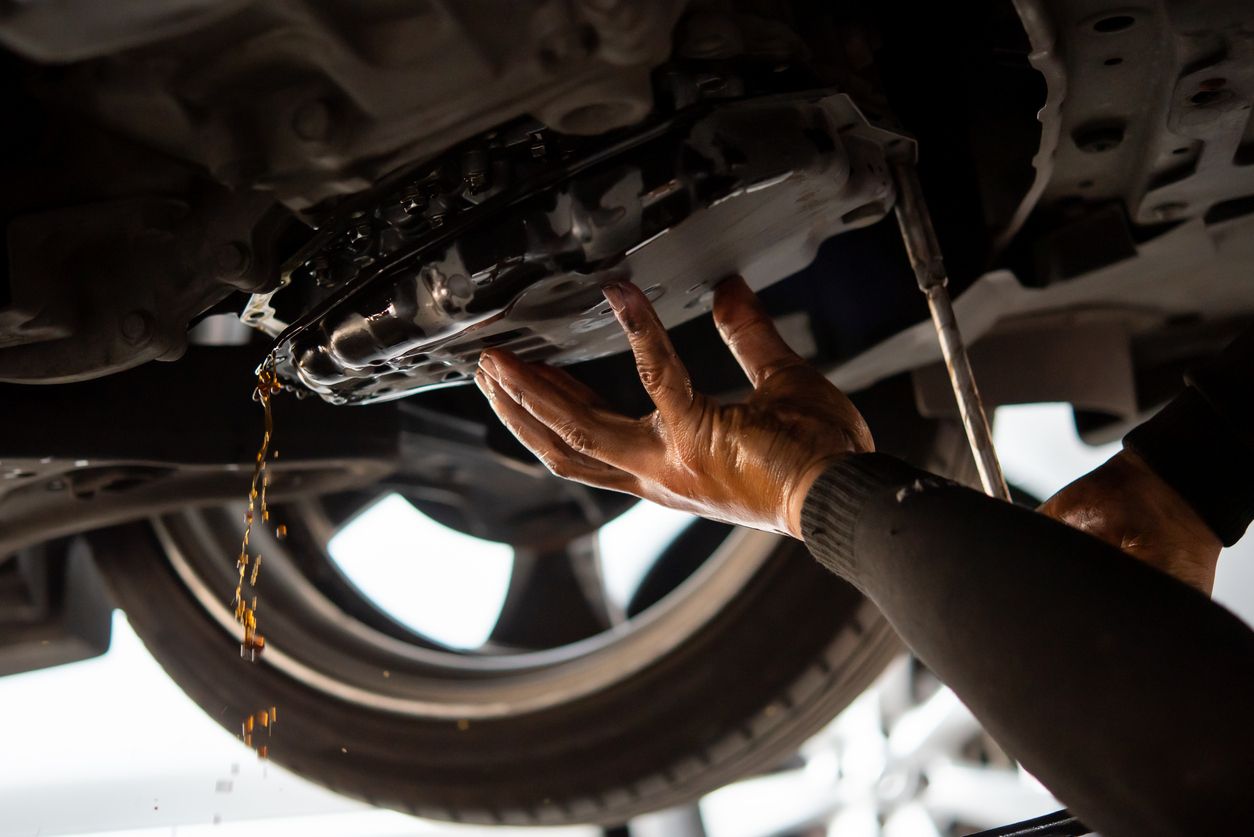
Bad Spark Plug Symptoms
Engine idling roughly? Poor fuel economy? Changing spark plugs could be the solution. Learn how to identify and fix spark plug problems before they get worse.
Read More
When a car makes a left turn, the interior-facing wheels (on the left side) naturally turn slower than the exterior-facing wheels (on the right side) because the exterior-facing wheels have to travel farther to get the car around the corner. For this reason, the wheels of a car need to be able to revolve independently and at varying speeds to prevent slipping, and to keep the car moving with power around corners.
A car’s differential is a mechanical set of simple planetary gears that allows wheels to spin at independent speeds, and to be independently powered by the engine through the car’s drivetrain.
Whether or not your car has one or two differentials depends on how the wheels of your vehicle are powered. If you have a rear-wheel drive vehicle your car uses engine power to move only the rear wheels, so you will only have one differential mounted on the rear axle. If you have an all-wheel or four-wheel drive vehicle your car is built in a way that allows the engine to send power to all four wheels, so you will have both a front differential and rear differential. If you have a front-wheel drive vehicle, instead of a differential you will likely have a transaxle that functions as both the transmission and the differential. Rear wheel drive vehicles will have a differential in the rear end of the car.
Inside your differential you’ll find lots of interlacing gears and bearings. These gears all rely on each other and a lubricant called differential fluid to keep the differential transferring power smoothly and seamlessly. Front differential, rear differential and limited slip differential (LSD) all require gear oil to lubricate and keep the differential drive components cool.
Since your vehicle cannot function without a differential, we highly recommend getting your differential inspected, and the differential fluid changed, as a part of your regular vehicle maintenance routine. How often differential service is required will vary from car to car based on vehicle make, model and mileage. To learn more about your vehicle’s recommended differential service interval, consult your vehicle owner’s manual or contact a certified technician at your nearest Firestone Complete Auto Care store.
If one of the bearings in your differential becomes loose, or if thin differential fluid is causing metal on metal grinding and untimely wear you might experience the following symptoms:
If you are experiencing any of these symptoms it’s a good indication that you may already have a problem, or are well on your way to having a problem with your car’s differential. For this reason we recommended you bring your vehicle into your neighborhood Firestone Complete Auto Care store for a Complete Vehicle Inspection as soon as possible. During a Complete Vehicle Inspection, our tire and automotive service professionals inspect your steering and suspension components, including the differential.

Engine idling roughly? Poor fuel economy? Changing spark plugs could be the solution. Learn how to identify and fix spark plug problems before they get worse.

Keep your car shifting smoothly with regular transmission maintenance services. Discover the what, why, when, and where of transmission fluid exchanges here.

A burning smell, rotten eggs, or Eau de fresh gasoline? If you're dealing with a nasty car smell, your car may be trying to tell you something. Find out what!